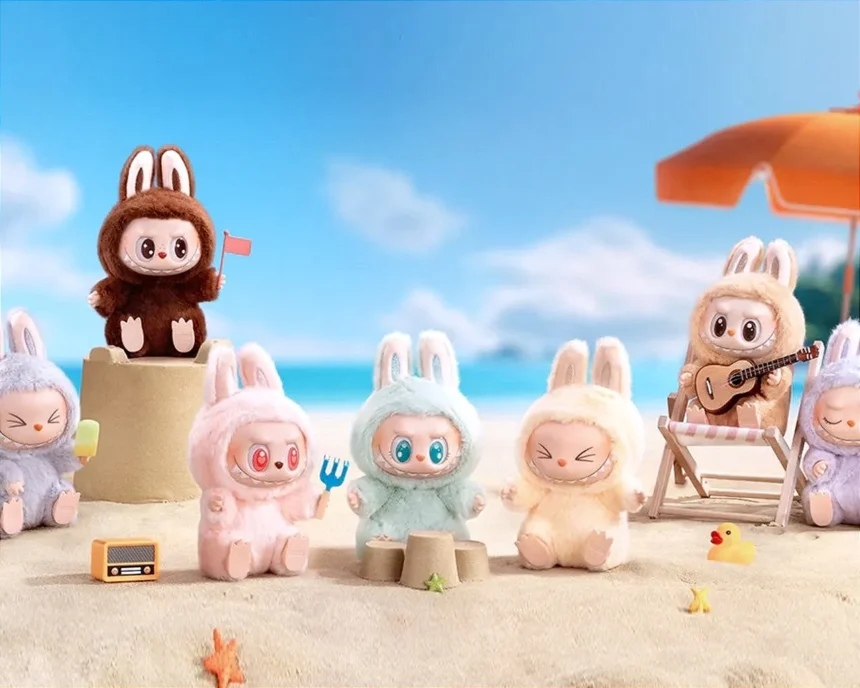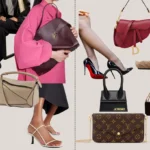The Labubu craze is one of those moments in consumer culture that makes you stop and ask: Wait—how did we get here?
We’re not here to knock anyone who loves these toys; people are allowed to love what they love. But even fans might admit it’s remarkable to see this much hype around a small, deliberately ugly, toothy-faced gremlin doll, especially against a backdrop of economic pressure, inflation, global conflict, and deep uncertainty about the future.
What exactly is happening?
A cultural moment: Escapism and adult play
Some of the Labubu phenomenon is easy to understand.
It speaks to escapism. In stressful times, we gravitate to small, comforting joys—even weird little monsters. It’s part of what some call the business of play: adults buying toys, collectibles, games that reconnect them with childhood feelings of wonder, surprise, or safety.
In other words, Labubu is a comfort object for an anxious age.
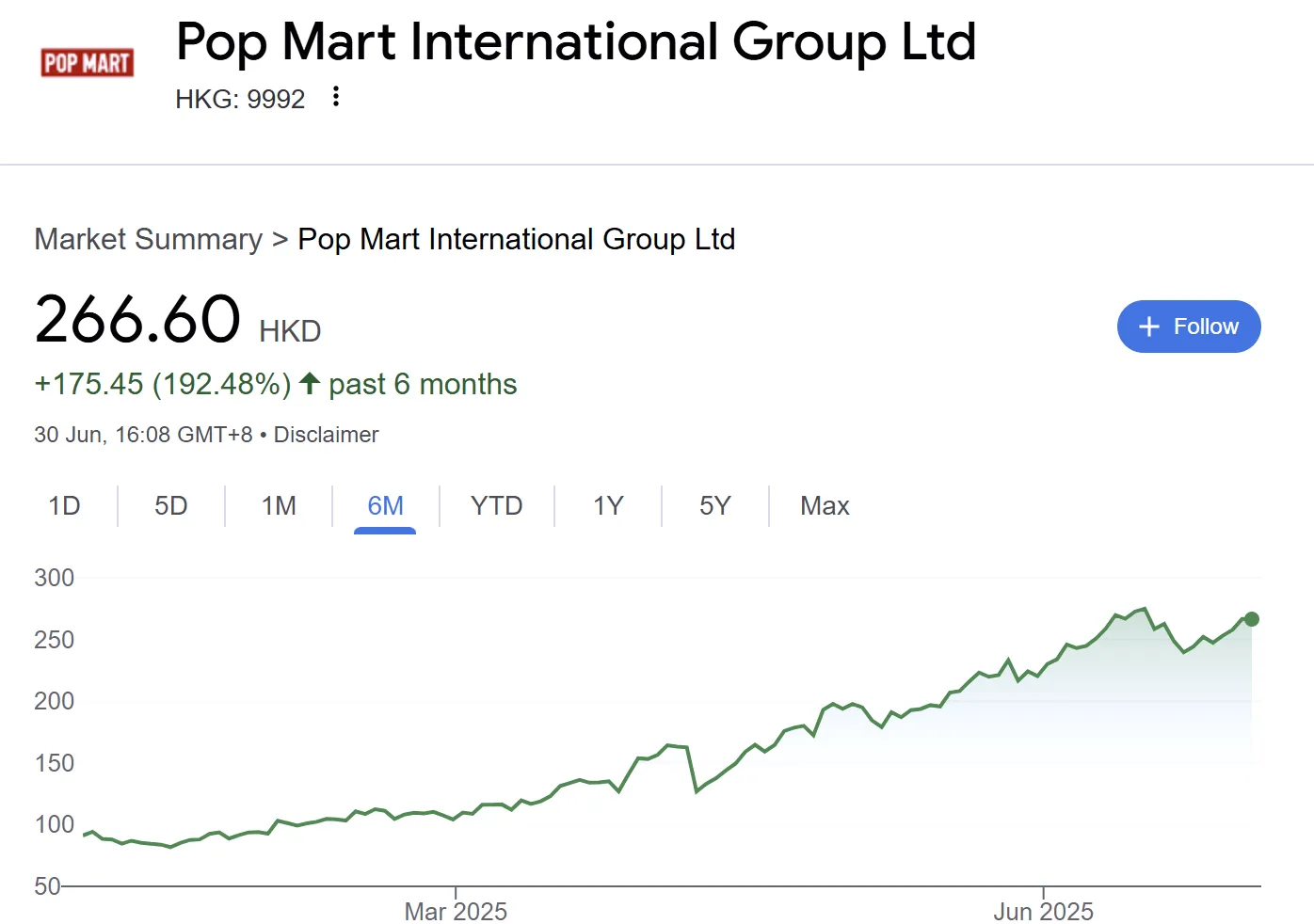
But there’s more to it than that
This isn’t just a one-off curiosity. It’s part of a wider trend in modern consumption: We’re seeing more purchases driven less by utility, and more by perceived value, status signaling, and groupthink.
The perfect comparison: Stanley Cups
Stanley Cups are arguably an equally fascinating case.
Unlike Labubu, Stanley Cups have clear utility: they’re durable, insulated, functional. But the viral mania around them went far beyond the product’s inherent value.
“The Stanley Quencher wasn’t new—it had been around for years. But social media transformed it from an under-the-radar item into a can’t-miss status symbol, fueling viral sellouts and waitlists that stretched for months.”
“People race through Target stores as if they or their children will be completely deprived if they don’t have the prized products in their hand.”
People queued for limited colours and flaunted their collections online. But within a year, the hype collapsed. Stanley Quenchers went on sale for the first time, search interest fell, and those once-coveted bottles began turning up in thrift stores.
The utility didn’t change. The social meaning did.
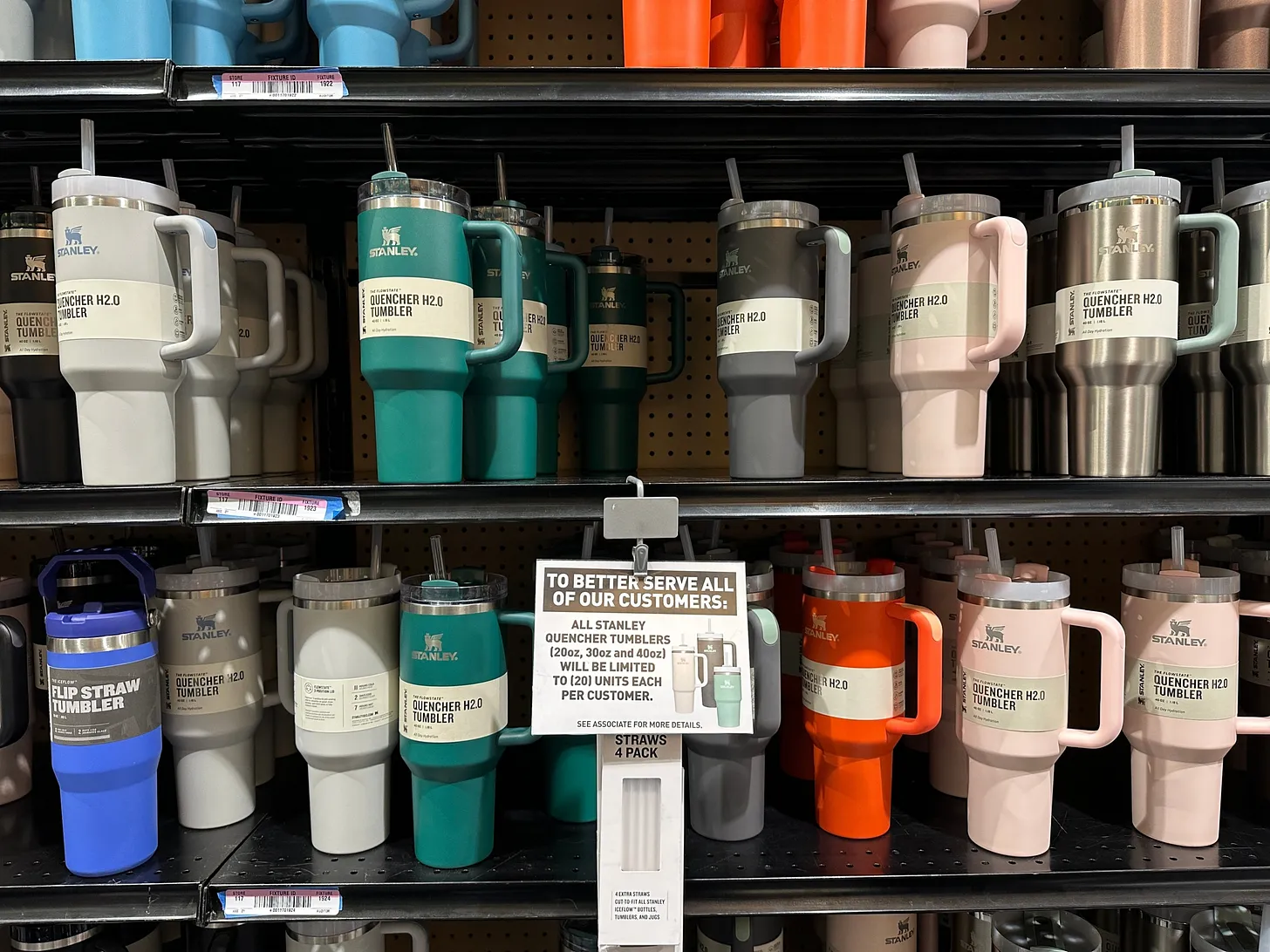
Labubu is even more extreme
Because if Stanley Cup hype was irrational but had some basis in function, Labubu hype is purely social.
These toys have near-zero practical use. Even fans admit they’re “creepy” or “ugly.” Yet, the resale market exploded to thousands of dollars for rare editions, and Pop Mart, the company behind Labubu, outsold PlayStation 5 in unit sales in China in 2024.
“I don’t get the hype. They’re creepy looking to me.” — Reddit user
“But I see them everywhere now and I’m starting to want one.” — Reddit user
That’s groupthink at work in real time.
The psychology behind the hype
So why does this happen? Why do smart, rational consumers fall for it?
Because brands like Pop Mart don’t just sell products. They expertly engineer desire, leveraging deep-rooted psychological drivers:
1. Variable Reward Systems
Labubu’s blind box model is designed to mimic gambling. You don’t know which figure you’ll get—maybe it’s the rare astronaut, maybe it’s a duplicate. This uncertainty triggers the same dopamine loops as slot machines.
“It’s gambling for kids. Same dopamine hit as gacha games.” — Reddit user
2. Scarcity and FOMO
Limited drops, regional exclusives, event-only releases—all create artificial scarcity. This isn’t about the toy; it’s about the fear of missing out. “Want the super-rare astronaut Labubu? Odds are 1 in 144.”
3. Social Proof and Groupthink
Seeing celebrities, influencers, or even friends flaunt Labubu creates pressure to conform. It’s the Emperor’s New Clothes effect. “I thought they were ugly at first. Now I want one because everyone else has them.” We’re social creatures. If everyone’s clapping, we feel the need to clap too.
4. Symbolic Interactionism
Objects don’t have inherent meaning; they acquire meaning through social interaction. Stanley Cups became symbols of wellness, preppiness, and productivity. Labubu’s design is intentionally cute-but-ugly—a bit rebellious, niche, knowing. Owning one says you’re in on it.
“It’s like being into designer toys. You’re part of a scene.” — Reddit user
5. Sign Value
French theorist Jean Baudrillard calls this sign value. We don’t buy things for their utility; we buy them for what they represent.
“We’re not buying the toy. We’re buying the idea.” — Reddit user
Stanley Cups didn’t just hold water. Labubu doesn’t just sit on a shelf or hang from our bags. They signal taste, status, and belonging.
6. The Lipstick Effect
Economic uncertainty also fuels this trend. In hard times, people cut back on big luxuries but still want small indulgences. A $20 blind box feels like an affordable treat, even if you buy many. Instead of splurging on big-ticket items, people spend on small luxuries that make them feel good.
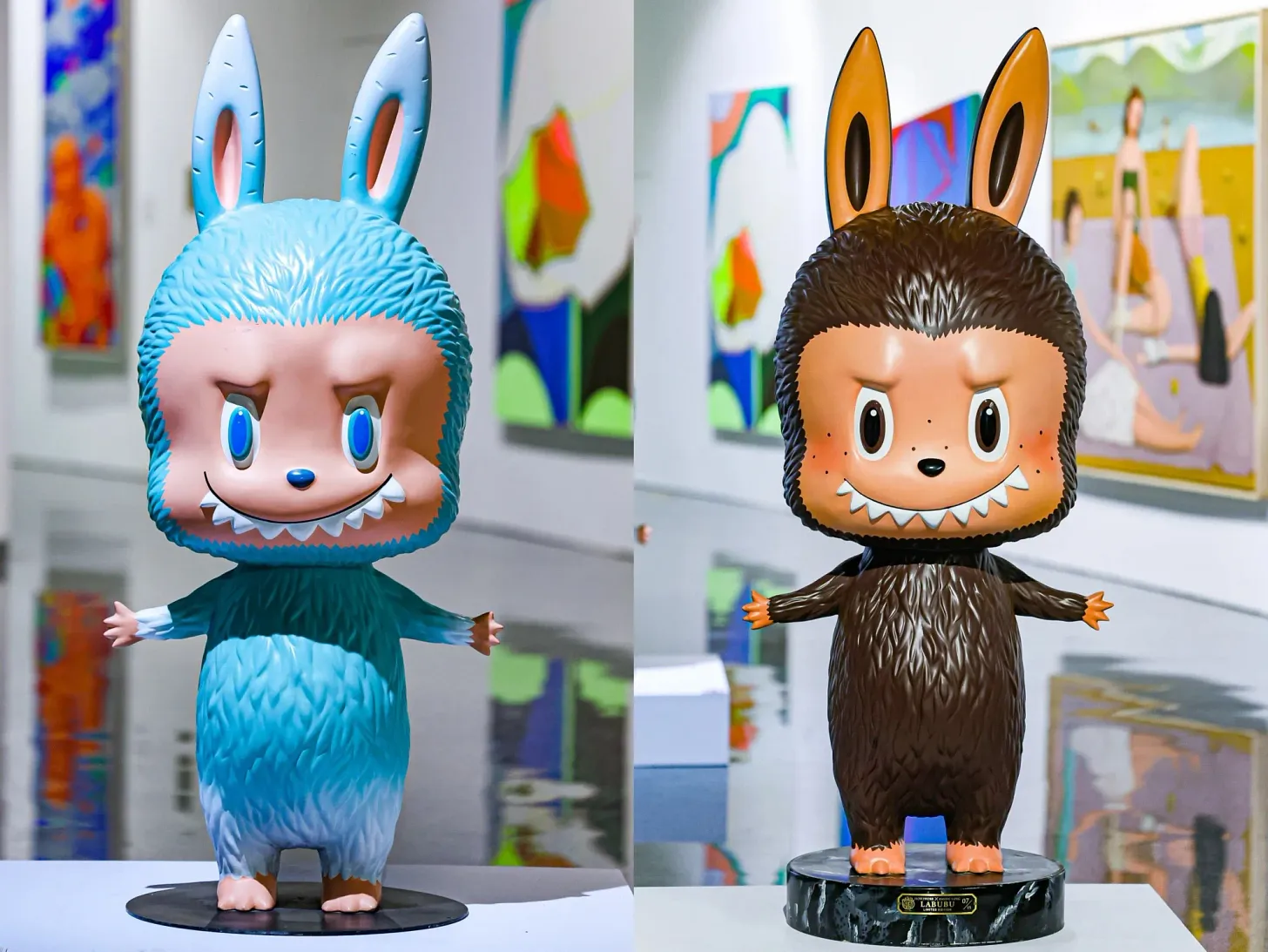
None of this is new. But it’s accelerating.
We’ve seen it with Beanie Babies, Funko Pops, sneaker drops, and NFTs. What’s changed is the speed and intensity of the hype cycle. Social media accelerates groupthink, and the need to signal identity online makes consumption even more performative.
The brand lesson
Brands can’t always engineer viral hype, but they can learn from what works:
Scarcity and exclusivity
Gamified purchasing
Community-building and insider language
Social proof via influencers
Crafting meaning and identity
But they should also be wary, because hype is fragile. Stanley Cups went from must-have to discount rack in under a year. Labubu’s resale values might crash just as fast.
Last words: a note for the consumer
As consumers, we should ask ourselves: What am I really buying? Utility? Or a story about who I want to be?
There’s nothing wrong with wanting beautiful, fun, or status-signaling things. But intentional consumption means knowing when we’re chasing meaning versus utility.
Because people don’t buy based on utility. They buy based on perceived value. And that value can vanish the moment we all stop clapping.


